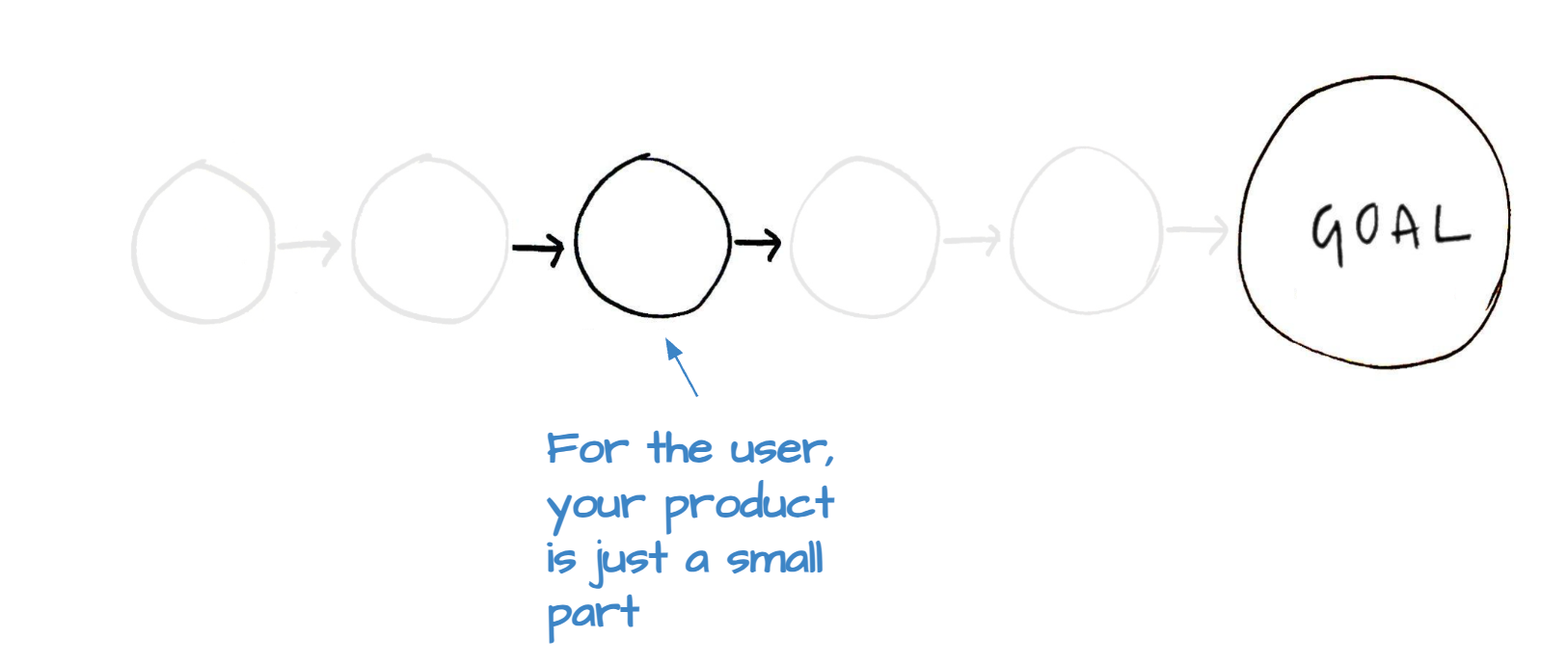Focus on user needs: Shifting how the public sector funds service delivery
Disclaimer: opinions expressed are my own and do not represent those of my employer. I wrote this post, then ran it through ChatGPT to be “more to the point and actionable”. Then I rewrote some of it because I like my own voice.
For most of the first 15 years of my career, I worked in software companies, developing products to help users achieve their goals. When I joined the public sector in 2019, it became very obvious very quickly that the public service is not a software company. Yet there’s a sense that the current approach of how “digital” gets funded within the public sector doesn’t work and we should emulate the private sector.
Whether it’s to limit risk or just to align with how the accountants want to count things, we fund capital projects to build “tangible capital assets”. We may fund a project and then move onto something else, missing out on the opportunity to continue to improve our products to meet the evolving needs of users. Looking at the product companies, there have been calls that the public sector should pivot to funding product teams rather than projects.
But unlike private companies, public organizations often lack the flexibility to pivot and cater to shifting market demands. They can’t decide not to satisfy a certain segment of users just because it is difficult or unprofitable. There isn’t the same market competition to win over users, but there’s also no option not to serve. This is actually a risk, where being too focused on optimizing an existing system can cause a serious problem for users.
Failures like Kodak and Blackberry remind us that even market leaders can falter when they focus too much on what they want to build, and not enough on what users need. When companies become overly focused on product enhancements rather than user outcomes, they risk losing the confidence and trust of their users.
Embrace the Jobs-to-Be-Done Framework
To foster a user-centric approach, we must adopt two key shifts:
- Problem Shift: Focus on users’ jobs to be done instead of merely enhancing existing products.
- Solution Shift: Diversify offerings beyond current solutions.
During my time at ReadyTalk, our innovation team explored users’ overall journeys, starting with their interactions in web and video conferencing (our current solution). Then we took several steps back, to understand what was really important for them to get done, and what other systems and tools and conventions and policies they had to interact with along the way. This broader understanding allowed us to identify opportunities for enhancing the entire user experience.
This might mean partnerships or integrations that support users throughout their journey. In the public sector — where success isn’t measured by market share for a specific product— this shift could dramatically redefine service delivery. Helping users efficiently complete tasks should be our primary goal, even if (or especially if) it results in simplified processes.
How much more effective and efficient could we be, if we weren’t as worried about capturing and defending our market share?

Reduce Complexity to Minimize Errors
Every step users take is a chance for error. By decreasing the number of touchpoints in their journey, we can significantly reduce frustration. For example, if each interaction has a 10% chance of an issue and users engage with four systems, they face a 35% likelihood of encountering a problem. With eight systems, this rises to 57%.
Rethink Funding and Development in the Public Sector
Our current funding model emphasizes building new systems, incentivizing development over simplifying processes or consolidating systems. While continuing to sustain the product we have is important, we need to focus on improving the overall experience for people accessing our services.

If the user satisfaction of your product is already at 80%, but user satisfaction of another touchpoint along their journey is at a 20%, you really should be focusing on that — either to improve it, or remove it entirely. If we are committed to supporting and improving specific products, we may miss more impactful ways to really improve how our user can get their job done. More on this idea of focusing on the journey instead of touchpoints in this article from McKinsey.
This can be a scary prospect if you’re fully invested in your solution step. But what we need to do is start focusing more on the user end-to-end journey, and switching to measures that are more aligned with user goals and outcomes than our ability to deliver a technical product.
Conclusion: Prioritize Service Delivery Over Product Development
The point of this post isn’t to criticize funding digital product teams within the public service. But we need to be intentional in directing our limited resources toward meeting the needs of our users, and not get too precious about the systems we build.
We need to support those who may struggle with complex solutions, and be willing to reduce or retire systems to improve our service delivery — any particular product is just a means to an end.
Ultimately, our goal should be to ensure users complete their tasks easily and accurately, regardless of whether we support them via digital or analog means. Simplifying processes and prioritizing user outcomes can greatly enhance service delivery in the public sector.
This is a departure from our current approach to funding the development of capital assets, and requires a shift in funding and perspective.
